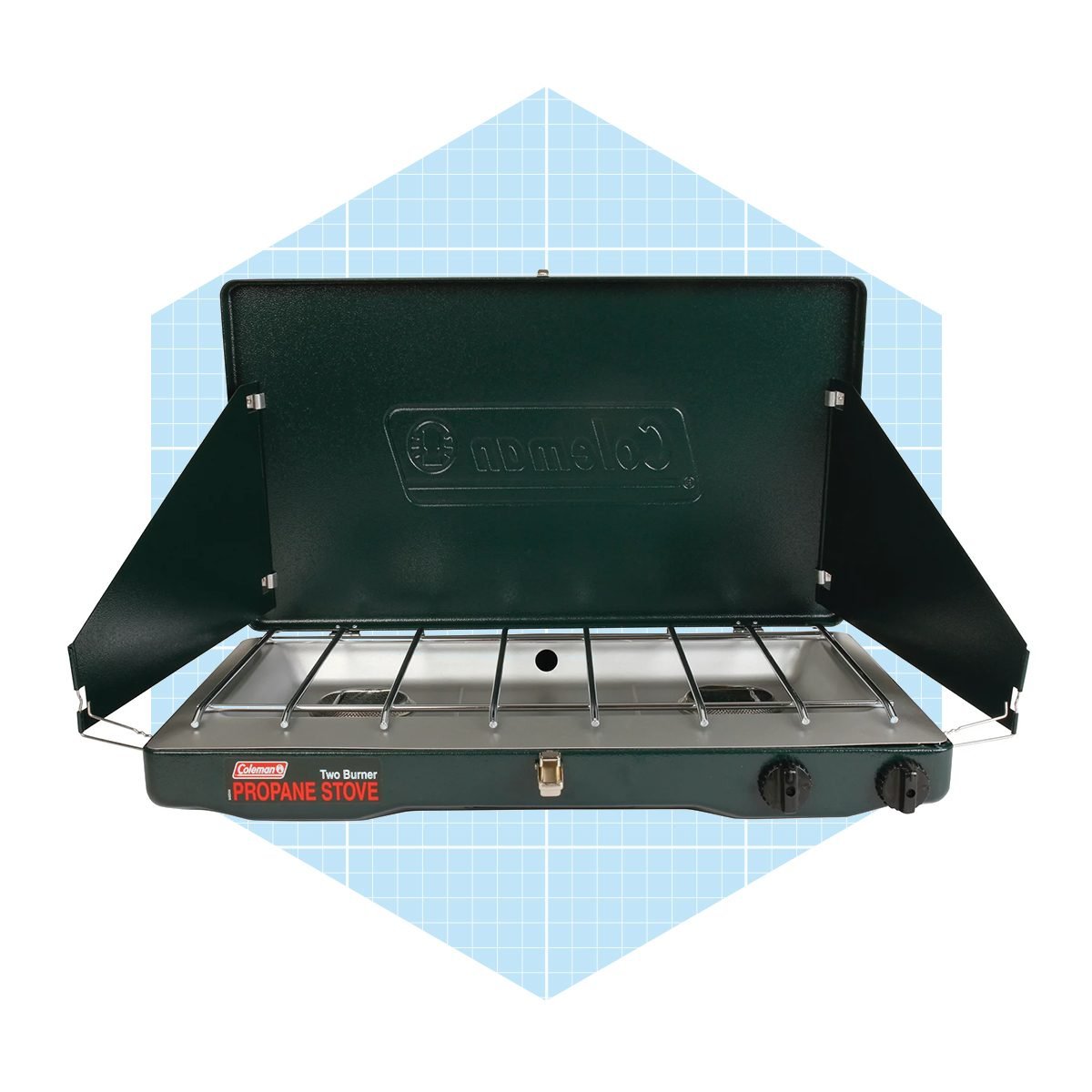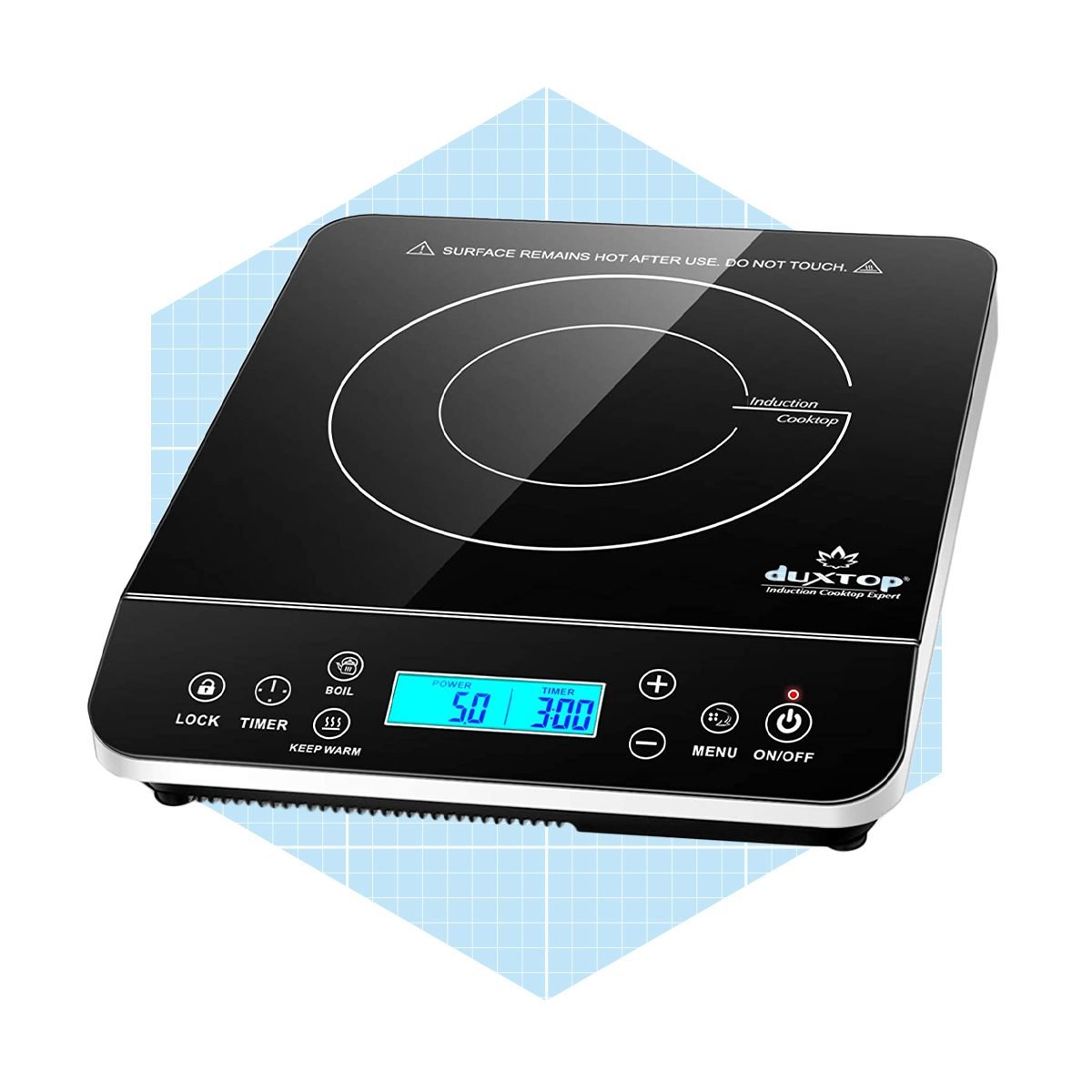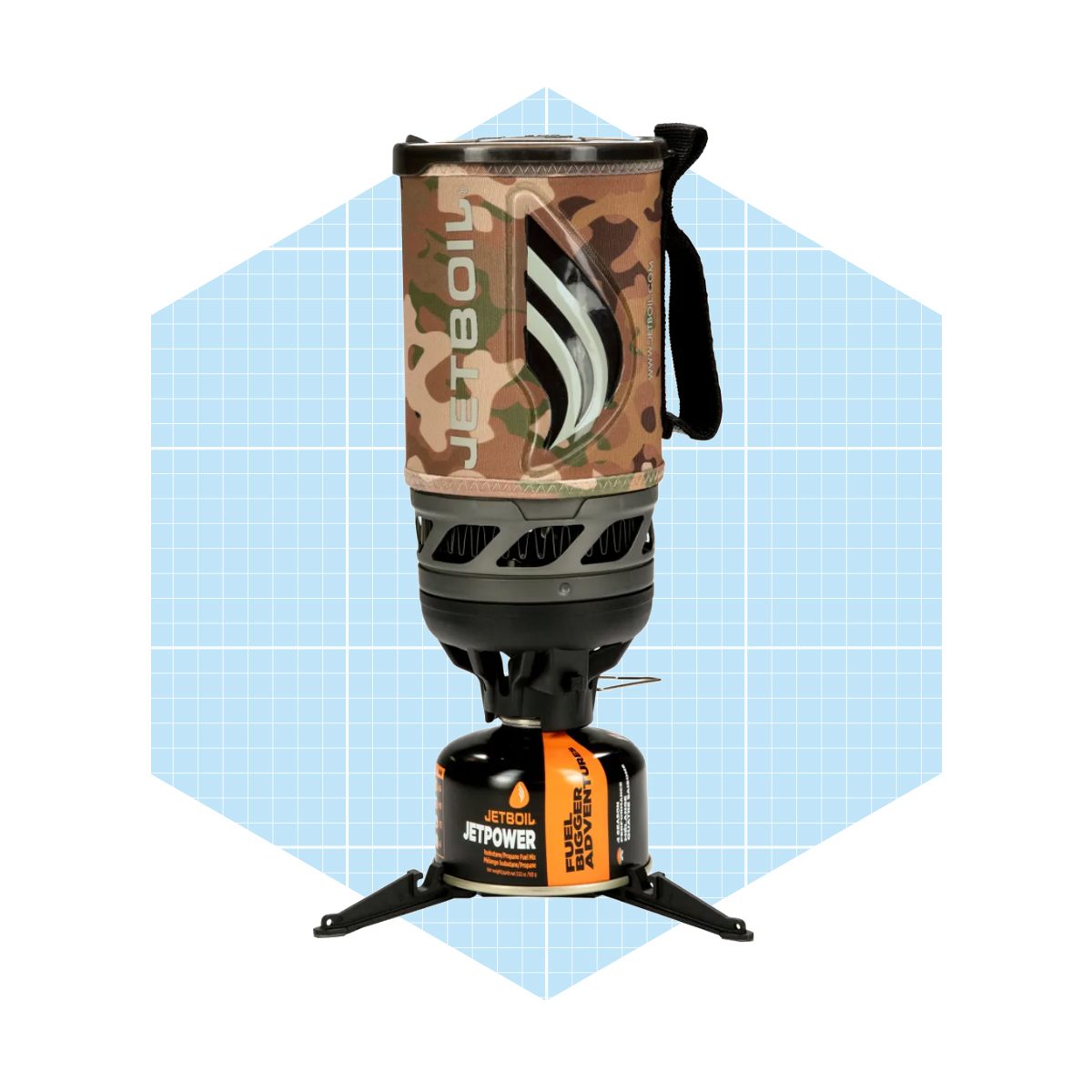Over the last couple of years, I’ve used portable stoves far more than my kitchen range!
First, my husband and I renovated an abandoned house, and it took months before we had the power and propane lines hooked up. During that time we cooked on our two-burner portable propane camping stove and mini boat grill.
Now, when we’re not at home, we’re either camping in our van or staying at a studio in town that lacks a kitchen. At the latter, we cook with a portable induction burner and a toaster oven.
In truth, this isn’t the first time I’ve relied on portable stoves; it’s covered much of my life. From cooking in a hurricane recovery zone to backpacking to unconventional housing situations, I’ve come to love and depend on portable stoves of all sorts. But they’re not for everyone. Here’s how to decide if a portable stove is right for you.
What Is a Portable Stove?
A portable stove is any cooking device you can easily pack up and transport in your car. The most common ones run off propane or electricity. Depending on which you choose, they’re great for:
- Picnicking and camping;
- Jobsites;
- Large meals when you need supplemental cooking surfaces;
- Boats;
- Tailgating;
- Catering and buffets;
- Road trips (think cooking at a hotel);
- Canning;
- Brewing beer;
- Backup for when the power goes out;
- Disaster zones, especially for boiling water to make it potable.
Types of Portable Stoves
Whether you choose a gas-burning or electric stove depends on what you’re using it for and whether you have access to electricity and/or a ventilated space.
While some gas burners are rated for use inside, they will lower the air quality. However, if you’re in a place without power, gas is an obvious and excellent choice.
Gas portable stoves
- Classic camping stoves: The most popular type, these come with two burners, usually with windscreens on the side that fold up under a lid. They run off the common green disposable propane canisters, and many can be adapted to run off a barbecue grill-size tank.
- Fixed-base single-burner stoves: These have square or round bases that sit directly on a table and run off various fuels, most commonly propane or butane. They usually don’t have sides or windscreens, so they can accommodate larger pots but don’t fare as well on blustery days.
- Canister-base single-burner stoves: In this configuration, the cook surface rests on top of the fuel source. These are lighter and more compact, popular for backpacking and emergency use. They’re less stable, however, especially with larger or heavier pots.
- Portable grills: While not technically stoves, boat and RV grills that run off propane travel well and cook some types of food marvelously. However, they aren’t great for boiling water or anything that requires temperature control, like simmering. You’ll also need a pot or pan that’s heat-resistant.
- Specialty propane stoves: Companies are getting creative with portable stoves, like Solo Stove’s Pi propane or wood-fired pizza oven, this tabletop outdoor griddle from Blackstone and this large freestanding burner from FireDisc.
- Specialty fuels: Although most portable burners run on propane, a few use other combustible liquids like alcohol, kerosene, isobutane and butane.
Electric portable stoves
- Conventional burners: Aka traditional coil burners (like on an electric range), these are often the most affordable choice. But they hold less weight and are the least efficient with power, temperature control and ease of cleaning.
- Portable hot plates: These are mechanically similar to a conventional burner, but with a smooth surface to make them look more sleek and easier to clean.
- Induction burners: These heat through magnetic induction, instead of thermal conduction, essentially heating the pot instead of the burner. Their smooth tops are energy efficient, easy to clean, give precise temperature control and boil water insanely fast. Because the cooking surface doesn’t get hot the same way as conventional burners, they’re safer and put less heat into the room. Not all pots will work on them; it must have a ferrous (contains iron) element incorporated into the bottom.
- Infrared burners: These aren’t quite as efficient as induction, but any pan will work on them. They’re also smooth, so easy to clean.
Features to Consider When Shopping for a Portable Stove
The first consideration, of course, is whether gas or electric makes the most sense for your situation. Beyond that, here are some other features to keep in mind:
- Price: Think about the upfront cost, as well as the long-term fuel/electric costs and replacement costs. If you plan on using your portable stove a lot, a more expensive yet efficient, sturdy, top-quality model may save money down the road. Also, higher-quality gas models tend to simmer better.
- Portability: Consider weight and compactness vs. how far you plan on lugging it.
- Burner size: It’s best for these to be about the same size as the bottom of the pan. Some electric models feature dual elements, allowing you to cook multiple pan sizes efficiently. When buying a double-burner, consider if you can (or need to) put two large pots on it, side by side.
- Btus: On gas stoves, British Thermal Units (Btus) range from around 7,000 to 20,000. If you make a lot of pasta (i.e. boiling large pots of water), go for the upper end. If you’re just cooking a few eggs, you can get away with the lower end.
- Wattage: On electric units, wattages typically range from 1,500 to 2,500 depending on the burner size and quality. If you’re under-powered, it will be frustrating. Lower watt units may take a long time to boil a pot of water or heat a large pot of food, although it can be better in some situations with limited power. Also, make sure the unit can plug into a standard 120-volt outlet.
- Safety: Consider if it’s important that the unit comes with an automatic shut-off should you knock it over or forget to turn it off. Also, especially with electric burners, the heat on cheaper units can sometimes extend into the body and knobs.
- Wind protection: Especially with gas, outside cooking will be frustrating and slow if there are no panels to keep the wind at bay. But sides or a wraparound also limit the size pan you can use.
- Type of fuel: For gas burners, consider the availability and cost of the type of fuel it uses. Isobutane can be harder to find than propane. Also, if it’s propane, ideally it’s nice to have the option to hook it to a five or 20-pound tank; often this requires a simple adapter. That way you’re not wasting all of those little green bottles.
Best Portable Stoves
Dual-burner propane stove

Coleman has made these forever, and their Classic Propane Gas Camping Stove is still the best for quality vs. price. Coleman and many other manufacturers make much fancier ones as well, which are also great, but at three to four times the price.
Induction single-burner stove

With features like 20 power settings, Duxtop’s 9600LS isn’t the cheapest induction burner. But it’s one of the best for cooking with extra precision while taking up minimal space.
Compact stove

The Jetboil cooking system is a canister-based single-burner stove, so it’s small, but powerful and more stable than most. It’ll boil water for coffee or heat up your soup in just a few minutes, even in the wind.






